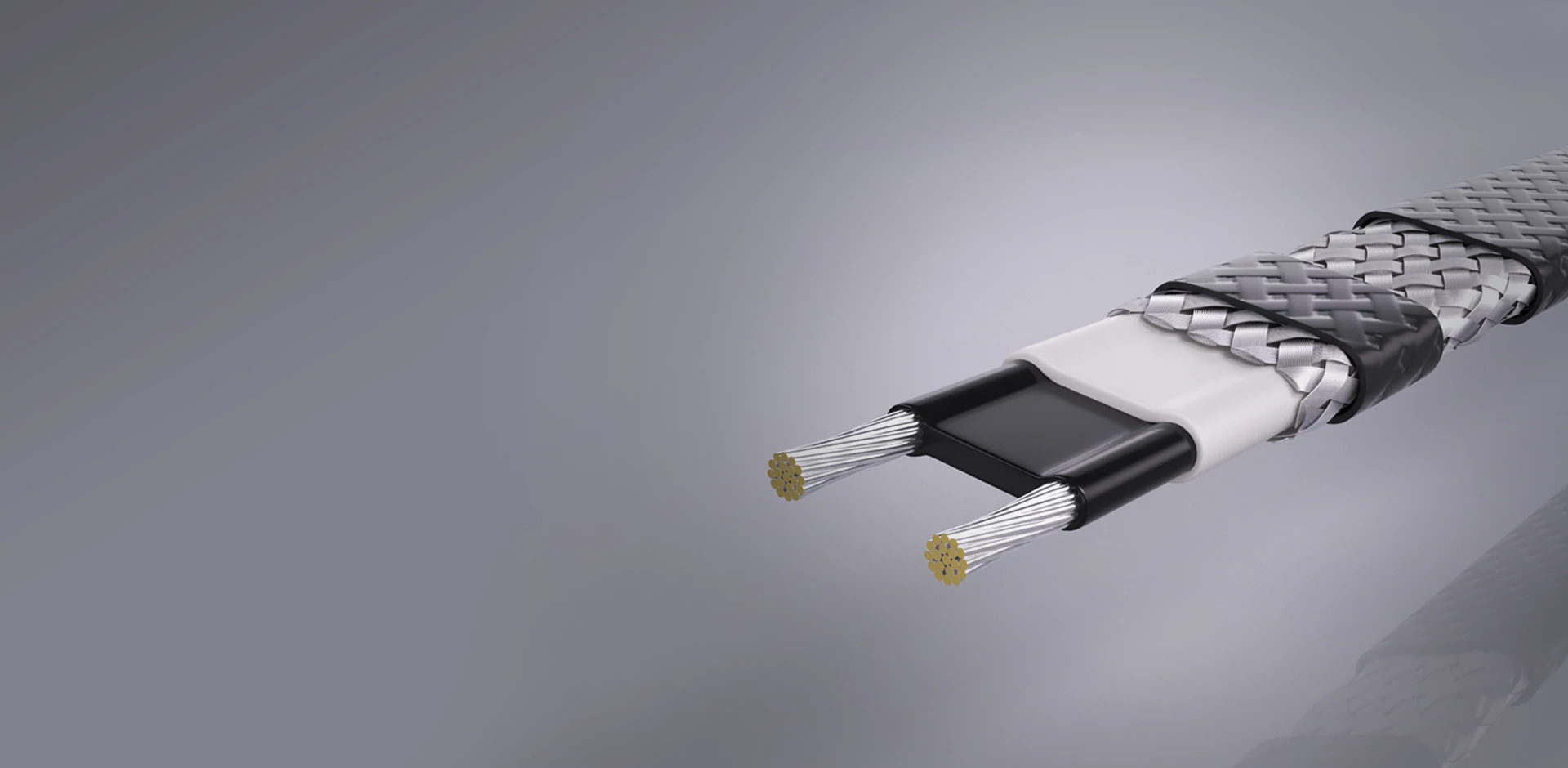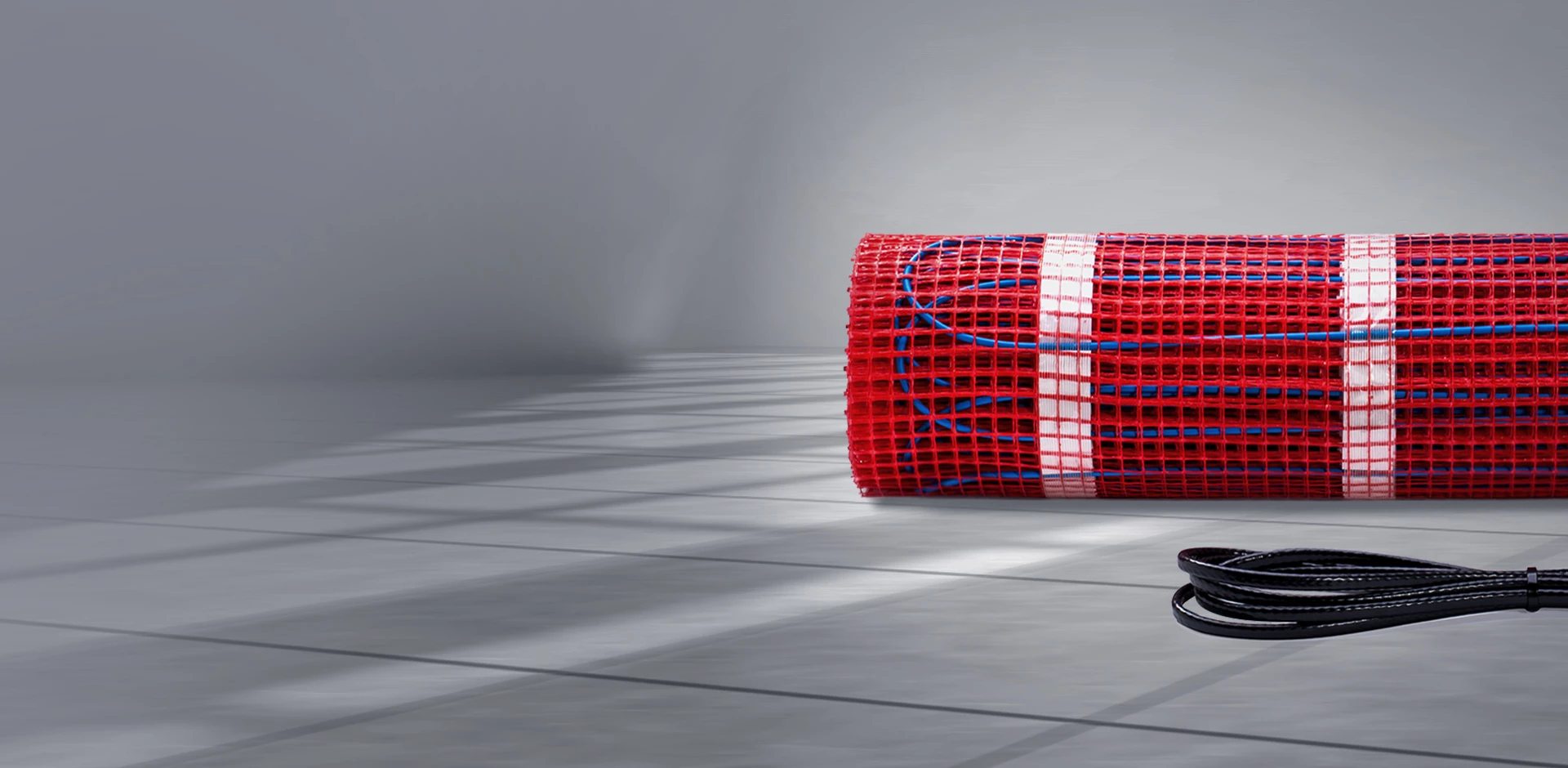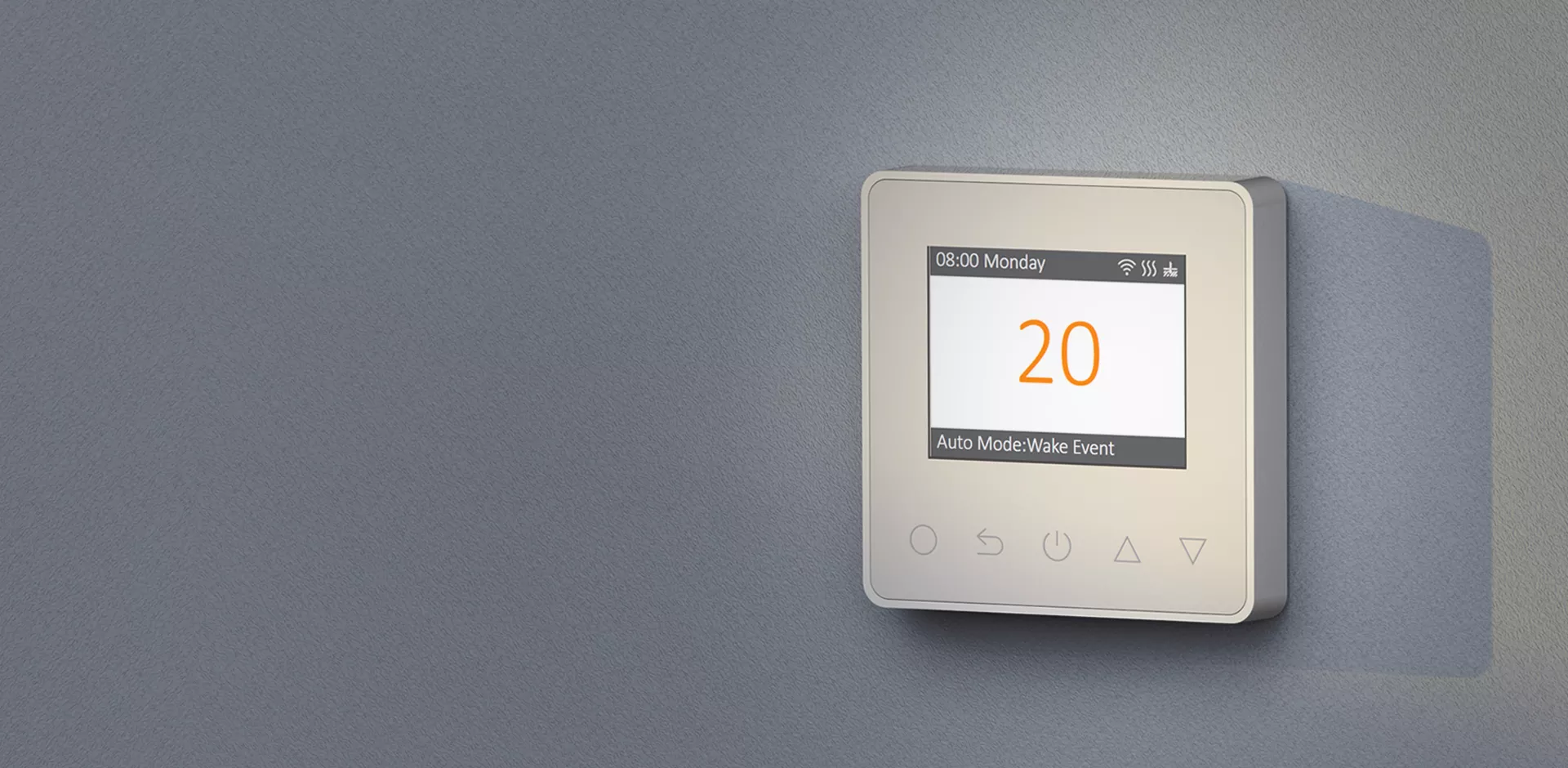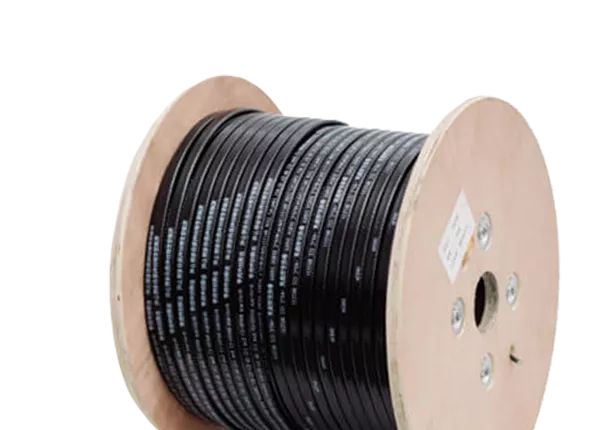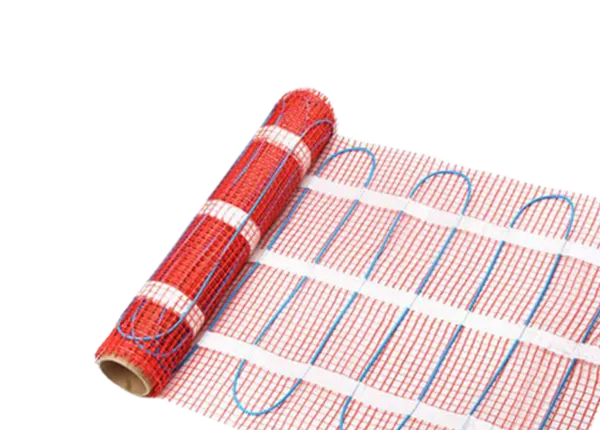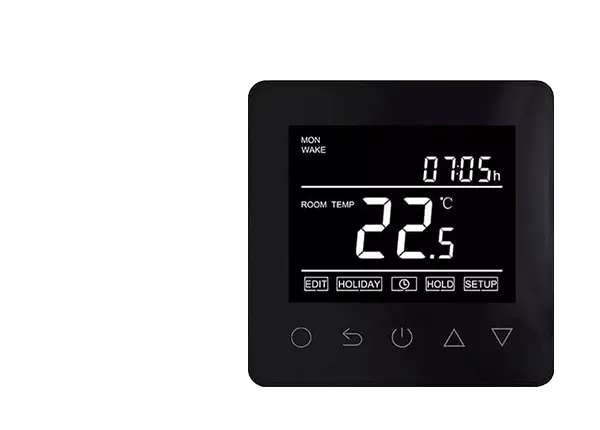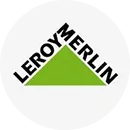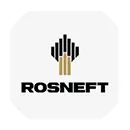Jiahong Owns a Complete Range of Product Certification System
That Is Suitable for Various Markets Around the World
(Input our company name "Wuhu Jiahong New Materials Co.,ltd." to check our certificates)
-
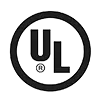
UL Certificated
-

ETL Certificated
-

CSA Certificated
-
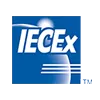
IECEX Certificated
-
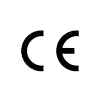
CE Certificate
-

ATEX Certificate
-
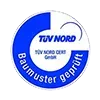
TUV Certificate
-

EAC Certificate
Certificates For North America
Certificates For Europe
Your Reliable Heating Cable experter

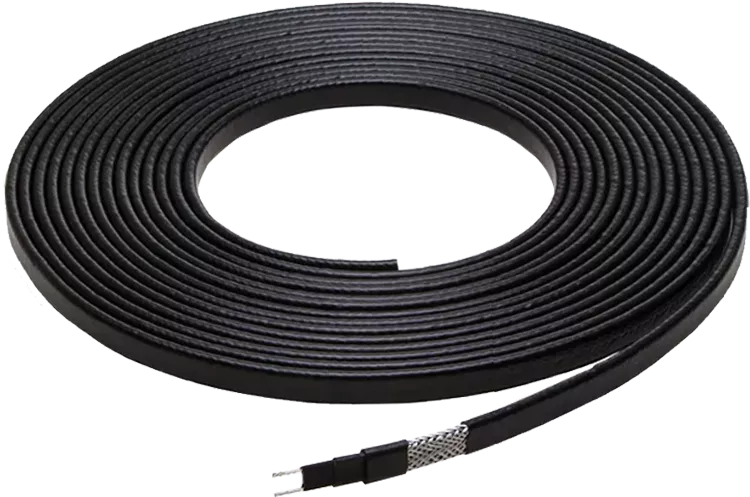
-

Complete range of certification
All products have been certified by official authority certificate institute, like UL, CSA, ETL, CE, IECEx, ATEX, EAC, etc.
-

10 Years Warranty
Self-regulating Heating Cables have 10 years super long warranty.
-

Fluoropolymer Insulated
High Quality Leading Brands' Fluoropolymer.
-

PTC Core Technology
The manufacturer that holds PTC technologies in China.
-

Professional Functions Test
Jiahong’s laboratory has been recognized as a witness laboratory by CSA and IECEx, which are two major certification bodies.
-

Full Heating Cable Categories
Products cover all popular heating categories in Europe & North America.
-

Design & Technical Support
Technical team and design team provide free supports at any time.
-

Accessories Supports
Complete accessories for any heating products are available.
Why Fortune 500 Companies Trust Jiahong
-

The Ultimate Manufacturer
With 210,000 square feet warehouse, 16 production lines and 22 braiding machines, Jiahong will keep on time delivery for customer.
-

R&D Team
Our R&D team was set up 30 years ago, part of rich experienced engineers have participated in the National Heating Cable Standards Development Committee.
-

The Only CSA Standard Lab in China
The Lab mainly tests the materials and semi-products, which could control the quality of both the raw materials and heating cables.
-

Fortune 500 Companies Audit
Fortunately, our OEM/ODM products are audited by more than 500 companies from all of the World. Especially from EU countries, Russia and North America.
-

Oversea Local Services
10 oversea service managers, average service age 5 years. 24 hours respond, 48 hours give the solution.
-

Full Testing Certificates
You can get any popular certificates in Europe, North America and. We support you to get special certificates for specific markets.

About Jiahong
As a top heating cable manufacturer in Asia-Pacific, Wuhu Jiahong New Material Co. Ltd is always dedicated to researching, developing and producing both constant wattage heating cables and self-regulating heating cables since 2002.With more than 25 years of development, Wuhu Jiahong has a full range of products which are widely used in residential, commercial and industrial areas, which are applicable for floor heating systems, pipe heat tracing, roof & gutter de-icing, snow melting, etc.
more
-
25
Production over 25 years
-
300+
300+ experienced employees
-
60000
60000 square meters intelligent factory
-
30
30 Professional and experienced international sales
News and Exhibition
Jiahong is the exhibitor of these exhibitions.

AHR EXPO 2019

AQUA Therm Moscow 2019

NEFTEGAZ 2019

National Hardware Show
-
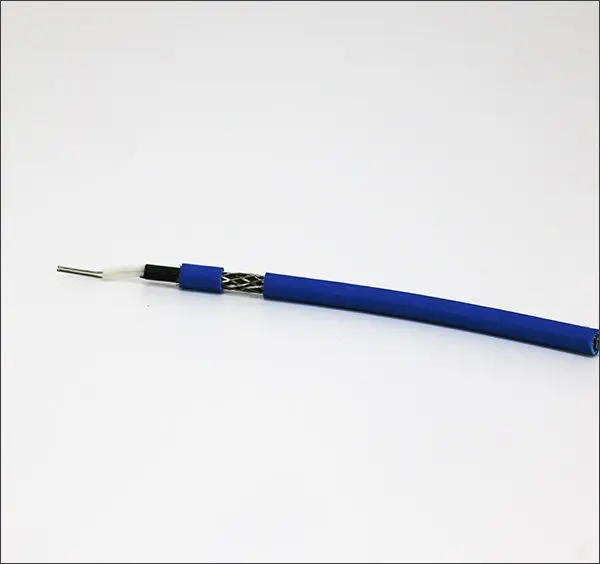
What is the difference between heating tape and heating cable
In scenarios where heat needs to be provided, heat tape and heat cable are two common solutions. Although they are functionally similar, there are some differences in design, installation, and application. Heat TapeA hot ...
2024.04.22 -
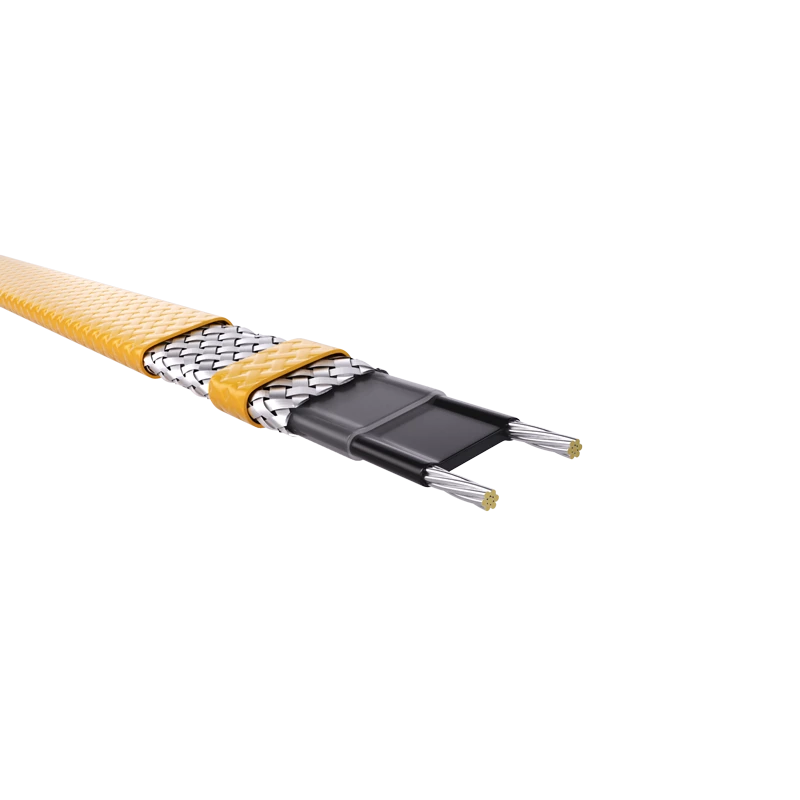
8 Application Areas of Heat Trace Cables
Heat trace cables are devices that provide heat on demand and play an important role in various fields. From industry to civil use, from environmental protection to emerging technology fields, heat tracing cables have demonstrated their...
2024.04.15 -
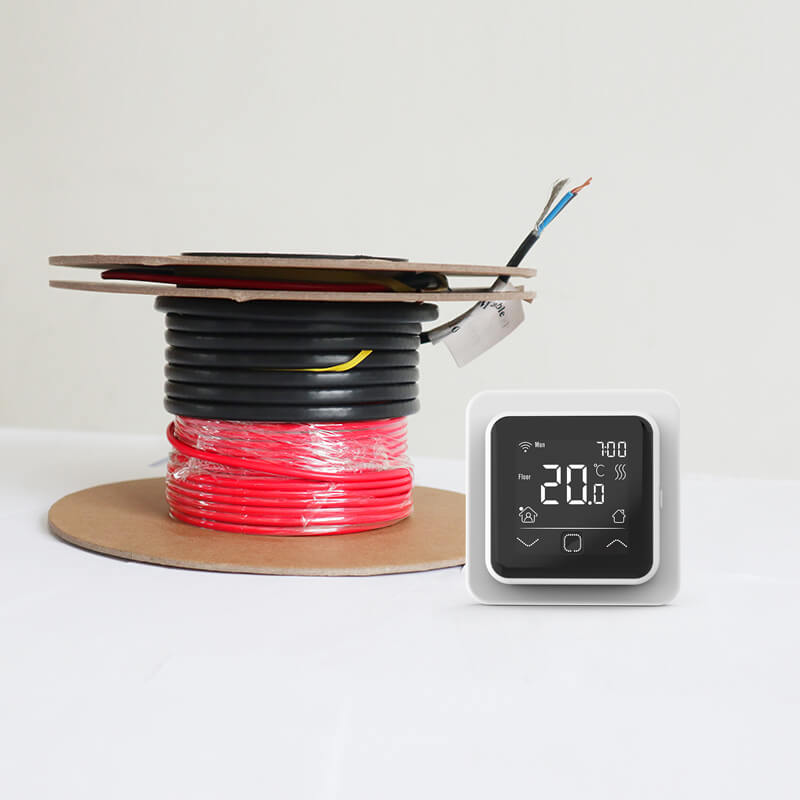
Power consumption of heating cables: is it really high?
Heating cables are a widely used heating solution in both industrial and residential applications. Its role is not only to provide a comfortable temperature, but also to prevent pipes and equipment from freezing in low-temperature envir...
2024.04.12

